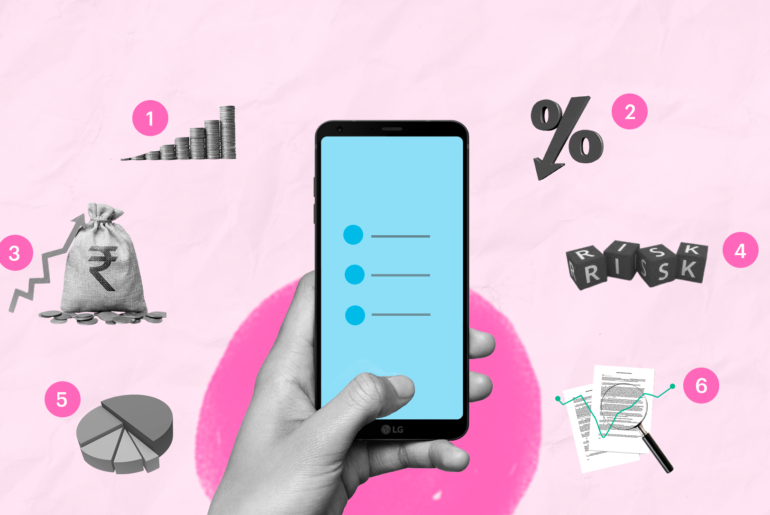Last Updated on May 24, 2022 by
The implementation of GST in India was a milestone that set off several changes in the country. The restructuring was done to homogenize activities, regulate procedures, and make life easier in general. Alongside this, over the years, many new mechanisms have been introduced. One such introduction was that of the e-way bill. Read on to know more about it.
What is an e-way bill?
An e-way bill or an electronic-way bill is a mechanism put into place by the Government to regulate interstate and intrastate shipment of goods. If you are shipping goods worth more than Rs. 50,000, you are required to generate an E-way bill. The physical copy of the e-way bill must also be present with the transporter of the goods.
An e-way bill contains details about the goods, their place of origin, destination, names of the supplier, transporter, and recipient of the goods. When generated, each e-way bill comes with a unique EBN code (e-way bill number) known to all the parties involved.
It is the duty of the GST-registered supplier to generate the e-way bill. However, if the supplier is not registered, the recipient must do so. The transporters shall generate the bill themselves if it is not furnished by either party, that is, the supplier or the recipient. Let us go through the steps involved in generating an e-way bill.
Steps to generate an e-way bill
There is a single format of the e-way bill, which is available on the e-way bill portal. The standardized form makes the transaction process easier and faster for interstate shipment.
There are various ways to generate the e-way bill. The Government has set up an online portal for the same. Apart from this, you can download the Android app or do it via site-to-site integration or the bulk generation facility.
You can follow the given steps to generate the e-way bill through the online portal:
Step 1: Visit https://ewaybillgst.gov.in/ewb.html and click on the ‘Login’ option at the top right corner of the website.
Step 2: Check for the following pop-up. Log into your account by entering your username, password, and the correct CAPTCHA code.
Step 3: On the dashboard, you will find an option titled ‘e-Waybill.’ Select the ‘Generate New’ subhead underneath it.
Step 4: A form will open up, which looks like the following:
In order to fill in the details of the form, you must have your Invoice/Bill/Challan documents handy.
Step 5: Under ‘type of transaction,’ select ‘Inward’ if you are the recipient or ‘Outward’ if you are the supplier.
On selecting ‘Outward’, a new set of options will appear. Choose the one that indicates the nature of your shipment.
On selecting ‘Inward’, the following options appear. Select the one that best fits the description.
Step 6: Fill in the rest of the basic details, including the document type and number, date, name, address, item details, and so on. Once you are done, click on ‘Submit.’
Step 7: After validating all the details, a final copy of the e-way bill will be displayed on the screen. You may print the bill immediately or at any other time using the ‘Print EWB’ option on the dashboard.
Note: The e-way bill can be updated later to enter details unavailable to you at the time of filing. This can be information such as the vehicle number or other transportation particulars.
In conclusion
Generating the e-way bill is a fairly straightforward process. The availability of the standardized form on the official portal makes the process quick for you. Make sure you have all documents ready to avoid unnecessary delays. Also, ensure the generated bill remains valid throughout the shipment journey. Keep in mind all the rules, and you will follow through this process seamlessly.




